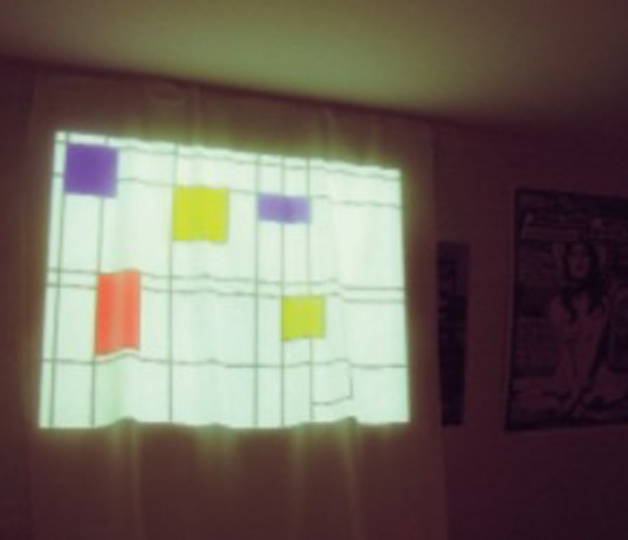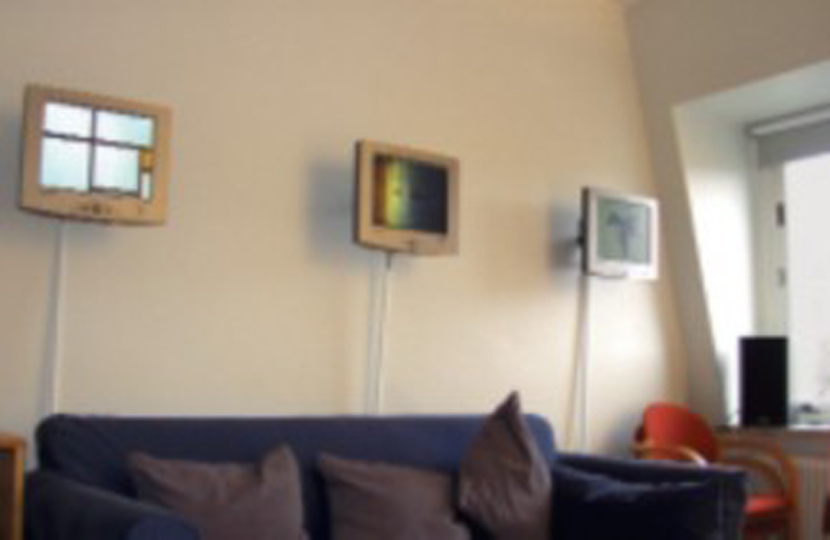“Informative Art” by Skog
Conference:
Experience Type(s):
E-Tech Type(s):
Entry Number: 11
Title:
- Informative Art
Organizer(s)/Presenter(s):
Collaborator(s):
Description:
Computers are becoming ubiquitous, but traditional computer graphic displays do not lend themselves well to integration with everyday environments. The computer graphics of the future will need to blend in with the environment, yet at the same time provide opportunities for reflection and stimulation, much like traditional art. This is the motivation behind Informative Art.
Informative Art borrows from the “language” of traditional art (in particular non-figurative painting) to create computer graphic displays that convey some kind of dynamic information. For example, a wall-mounted screen showing geometrical figures reminiscent of the style of the painter Piet Mondrian might in fact be an information display that shows the amount of unread email for each employee in a workplace. In this project, we use several different examples of informative art pieces to show dynamic information from a variety of interrelated sources.
Other Information:
Reference
Redström, J., Skog, T., & Hallnäs, L (2000). Informative art: Using amplified artworks
as information displays. In: Proceedings of Designing Augmented Reality Environments
(DARE) 2000, ACM Press.






